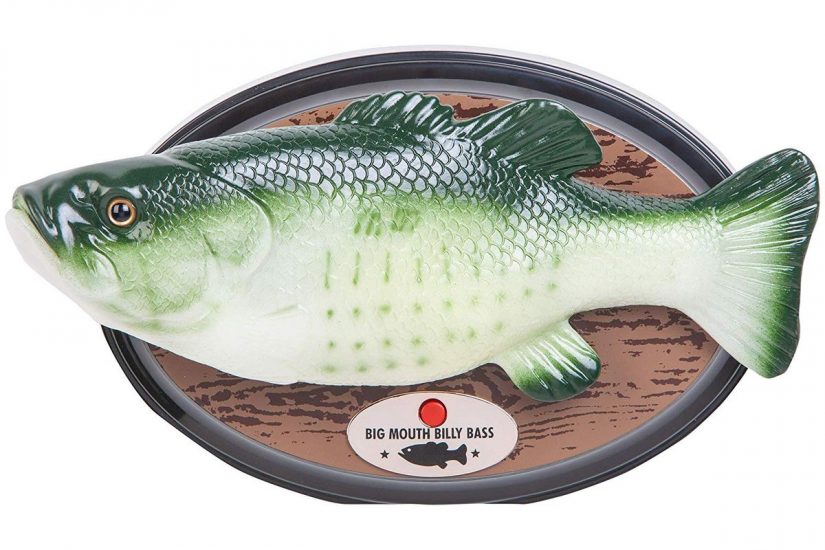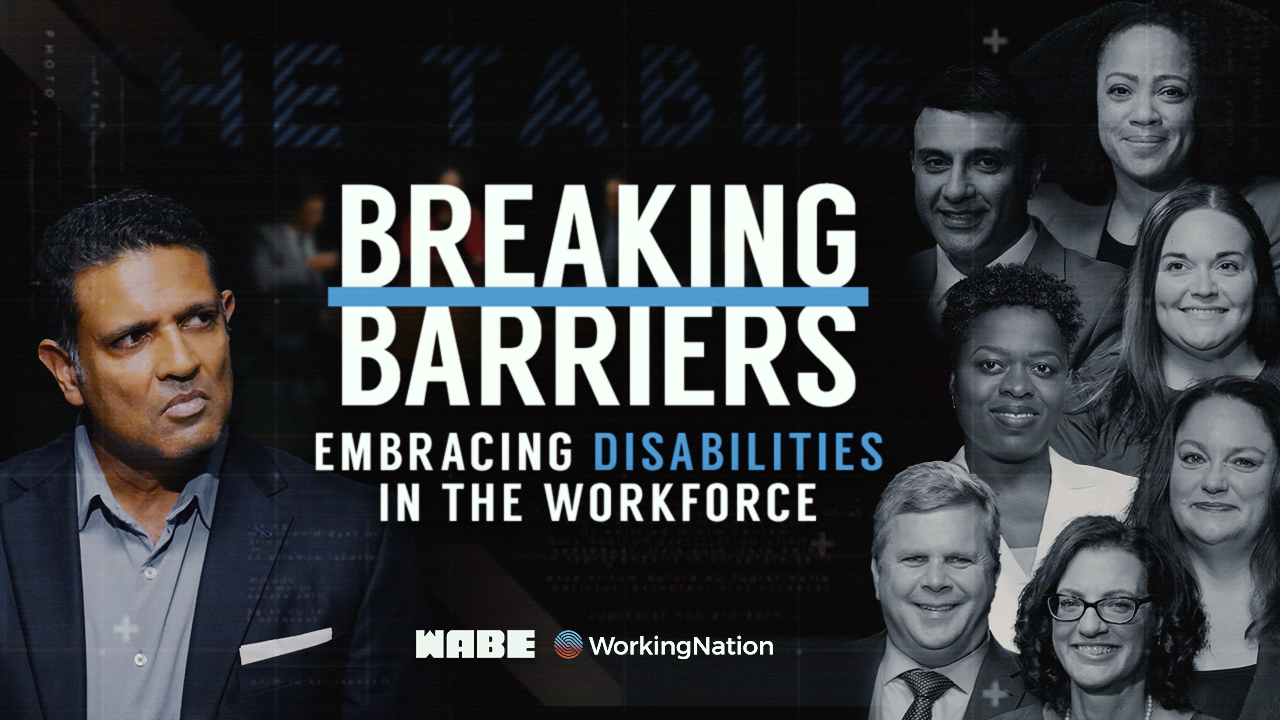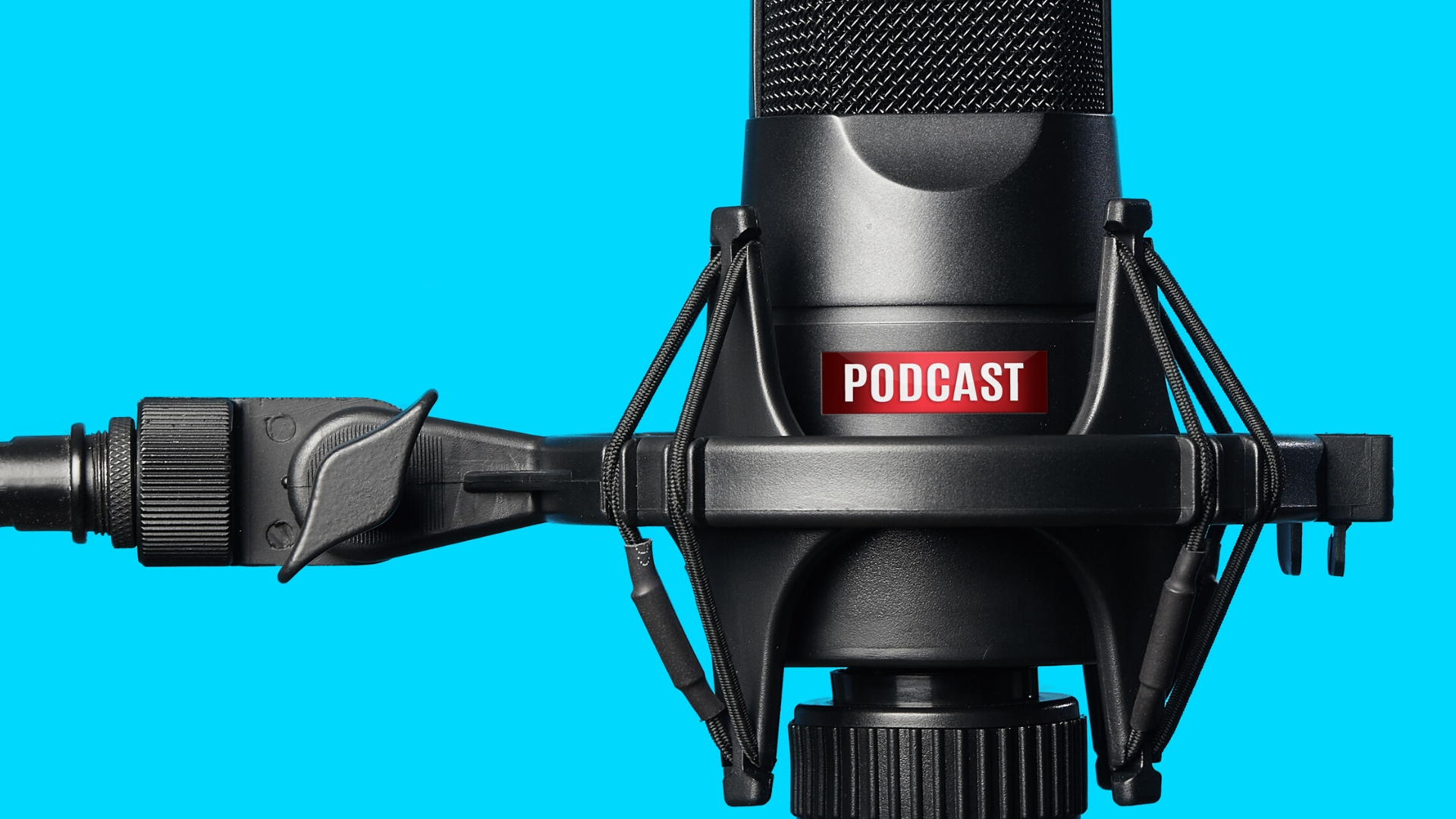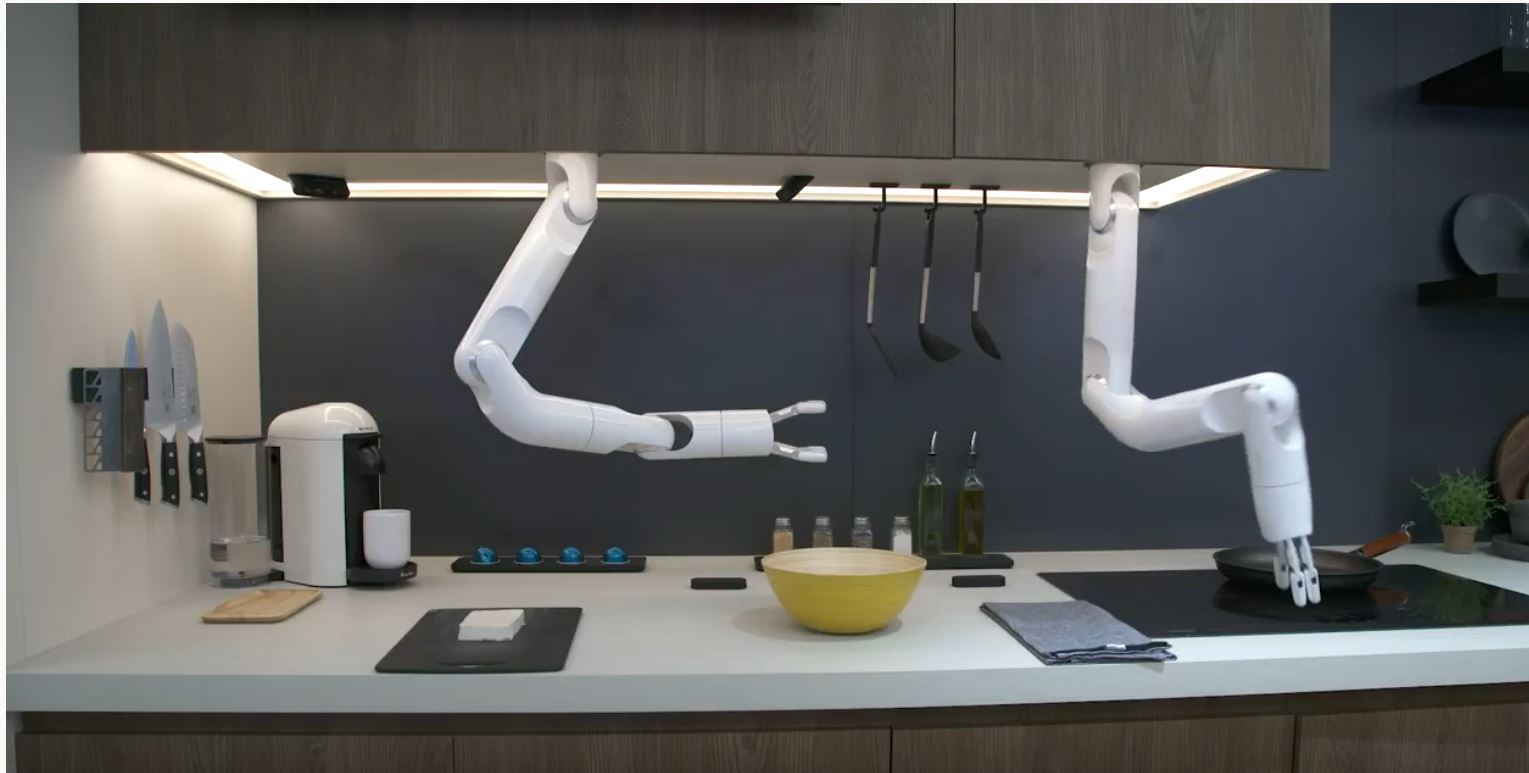This week, we caught an article in The Hustle about our favorite fish. You likely remember the first commercially-sold robotic novelty fish — the infamous Big Mouth Billy Bass.
The Hustle article points out, “the animatronic latex fish could be found floppin’ and singin’ on the shelves of every major retailer and toy store. It graced the walls of George Bush’s oval office and Queen Elizabeth’s Balmoral castle. It made a guest appearance on an episode of The Sopranos. And in the process, it sold hundreds of thousands of units.”
And, it made $100 million in one year.
Besides the fact that it was really, really funny, and it made the perfect gift for the fisherman in your life, the toy had made a few technical breakthroughs that may seem elementary now. As Wes Schlagenhauf writes, “in the late ’90s few toys had actual mobility in their movements. Making a fluid movement up and down or side-to-side was one thing, but creating a motorized mechanism that allowed the head to turn out from the plaque? It had never been done successfully.”
It also works on a sensor mechanism that detects when someone walks by, prompting it to flop like a fish and start to sing. Which, back in the 1990s, really felt like magic and made the bass more a little bit shocking, hard to ignore, and addictively funny.

Fast forward 10 years, and the same mobility and sensor technology has evolved and been deployed to grocery store robots that approach and follow shoppers around the stores, adorable host robots that will be working the 2020 Olympics in Tokyo to help spectators find what they need and navigate the games, and well-loved companion robots that make great company while they work as personal assistants.
And enter Alexa. The Verge writes a must-have gadget is an Alexa-enabled Big Mouth Billy Bass, which is now available at Amazon for $40. As this takes off and people begin to get more comfortable interacting with fish robots and Alexa’s voice technology, we’ll likely see more-improved functioning of the same intersection of technology as robots go to work.
Speaking of fishing, WorkingNation did a mini-documentary as part of our Do Something Awesome series on the commercial fishing industry and the need to attract a new generation of workers.
Check out the story of 25-year-old Kameron Rebello. Rebello, of North Dartmouth, Massachusetts, tried the old-fashioned way when he wanted to become a fisherman. He has the practical skills that would be a benefit to any crew. He can weld and knows his way around an engine block. He also has a lineage to the fishing industry — his great-grandfather and great-grandfather’s brother were fishermen. But none of that translated to meet the demands of a job in today’s industry.
Rebello found his career pathway to the industry through a unique apprenticeship from the Commercial Fisheries Center of Rhode Island (CFRI) and the University of Rhode Island. He is part of the second wave of apprentices to take part in the Commercial Fisherman Apprenticeship Program (CFAP) based in Point Judith, R.I.
Like what you read? Check out more from my WorkingNation blog, The Looming Robot.
You may also like:
A once-thriving manufacturing town looks to the past to move forward
Robots dominate Super Bowl ads











